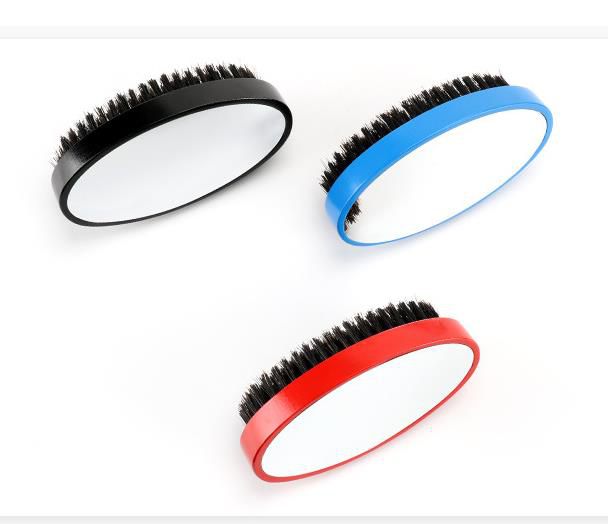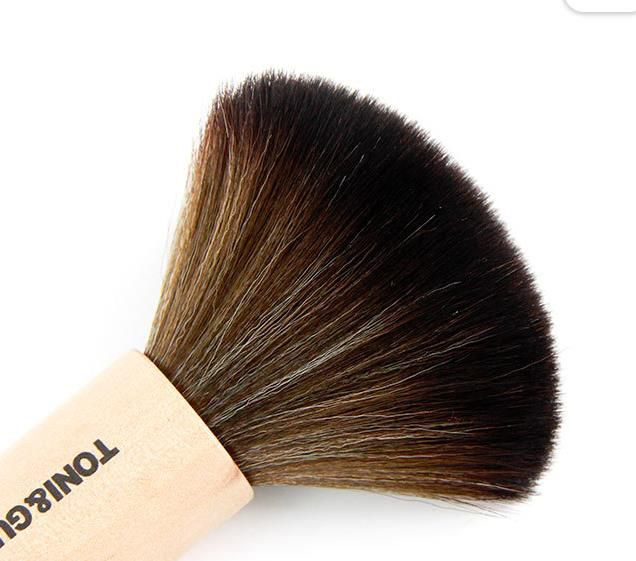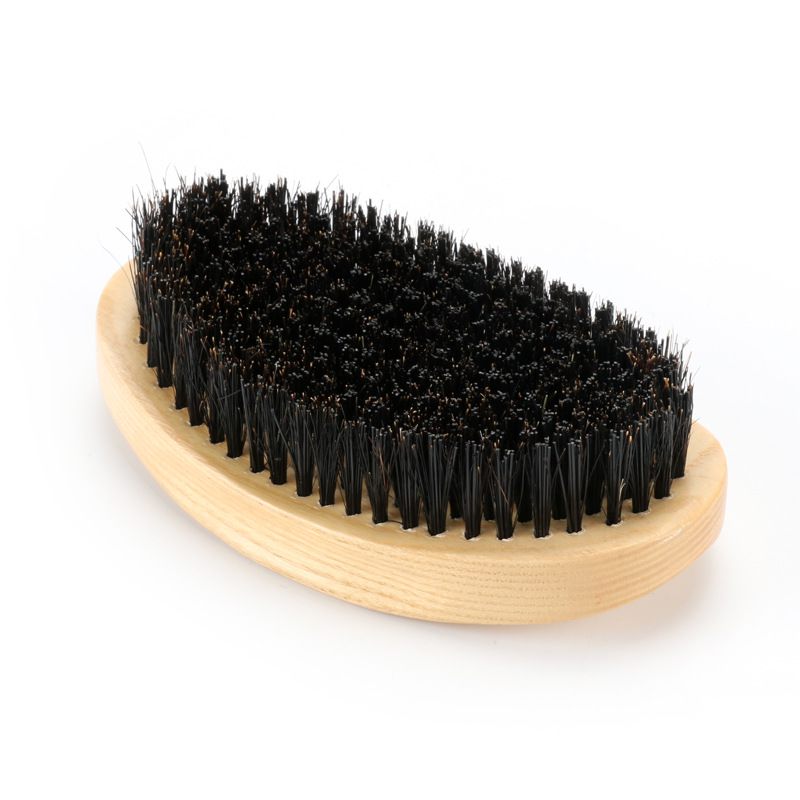Industry news
The Science Behind Badger Hair Shaving Brushes: Quality and Sustainability Debated
- 325 Views
- 2025-10-07 02:32:13
The Science Behind Badger Hair Shaving Brushes: Quality and Sustainability Debated
For over a century, badger hair shaving brushes have reigned as a staple in traditional wet shaving, celebrated for their ability to create rich lathers, glide smoothly across skin, and reduce irritation. But beyond tradition lies a blend of biology, material science, and ethical debate that defines their appeal—and their controversies. Let’s unpack the science behind these iconic tools, from the structure of badger hair to the sustainability questions shaping their future.

The Biology of Badger Hair: Why It Outperforms

At the heart of a badger hair brush’s performance is its unique biological structure. Badger hair, particularly from species like the European badger (Meles meles), features two key traits: microscopic scales and partially hollow shafts. These scales, overlapping like shingles, trap water and shaving cream, amplifying lather density—critical for softening facial hair and cushioning the blade. The hollow core, meanwhile, adds flexibility: when wet, the shaft absorbs moisture, becoming pliant yet resilient, reducing friction against sensitive skin.

Not all badger hair is equal, though. Quality hinges on hair grade, determined by harvest location and fiber characteristics. Silvertip badger hair, sourced from the animal’s neck, boasts the finest, softest fibers with a natural silver tip—ideal for delicate skin. Best badger hair, from the back, offers a balance of softness and firmness, while Pure badger hair, from coarser areas like the belly, provides affordability for everyday use. Each grade undergoes rigorous processing: sorting to remove brittle fibers, sanitization to eliminate allergens, and hand-tying to preserve hair alignment—steps that directly impact longevity and performance.
The Sustainability Debate: Ethics vs. Tradition
Despite their efficacy, badger hair brushes face growing scrutiny over animal welfare and environmental impact. Wild badger populations, though stable in regions like Europe, raise concerns about unregulated trapping. Critics argue that even “ethical sourcing” claims often lack transparency, with some suppliers relying on fur farms where animals may face inhumane conditions. Regulatory pressures are mounting: the EU, for instance, now requires strict documentation of badger hair origin, while brands like Harry’s have phased out animal-derived brushes entirely.
This debate has spurred innovation in synthetic alternatives. Modern synthetic fibers, engineered to mimic badger hair’s scale pattern and hollow core, now rival natural hair in lather quality. Brands like Muhle and Edwin Jagger offer “vegan badger” brushes using polyester blends that retain 80% of the water-holding capacity of silvertip badger hair, with the added benefits of cruelty-free production and lower maintenance (synthetic brushes dry faster and resist bacterial buildup).
Balancing Quality and Conscience: The Industry’s Path Forward
For manufacturers, the challenge lies in honoring tradition while adapting to ethical consumer demands. At our facility, we’ve invested in two strategies: first, partnering with certified badger farms that adhere to the Five Freedoms of animal welfare, ensuring humane living conditions and stress-free hair harvesting (via gentle combing, not plucking). Second, we’re advancing synthetic brush technology, using 3D-printed fiber molds to replicate badger hair’s microstructures—resulting in brushes that lather in 10 seconds (vs. 15 for silvertip) and last 5+ years with minimal shedding.
Consumers, too, play a role. By prioritizing brands with transparent sourcing (look for certifications like the Leaping Bunny or local wildlife management stamps) or synthetic options, they drive demand for responsible practices. Ultimately, the future of badger hair brushes may not be about replacement, but evolution: merging the best of natural performance with the ethics of tomorrow.
In the end, whether you prefer the luxury of silvertip badger or the innovation of synthetics, understanding the science and sustainability behind your brush ensures a shave that’s both effective and aligned with your values.











